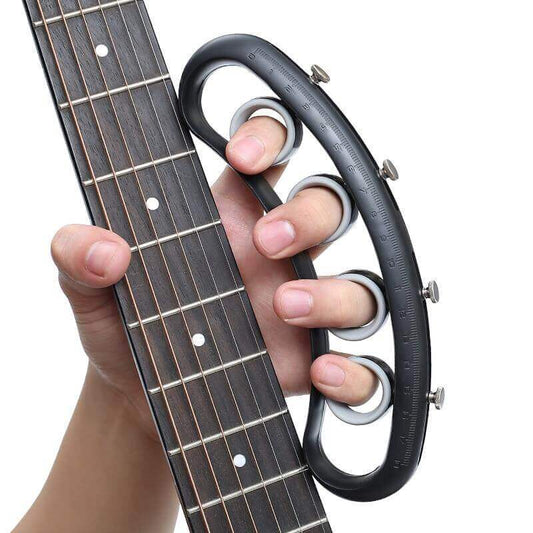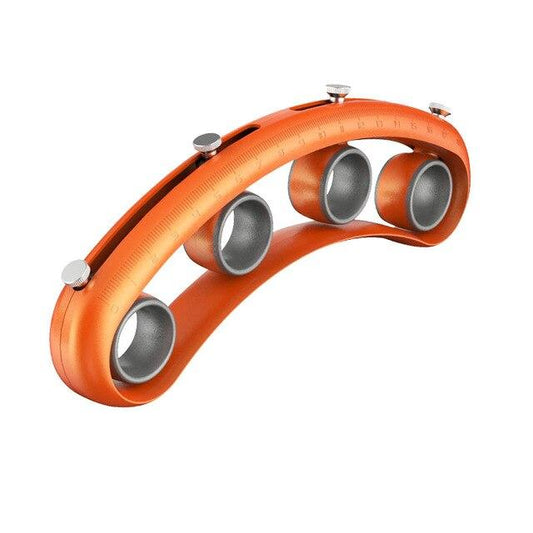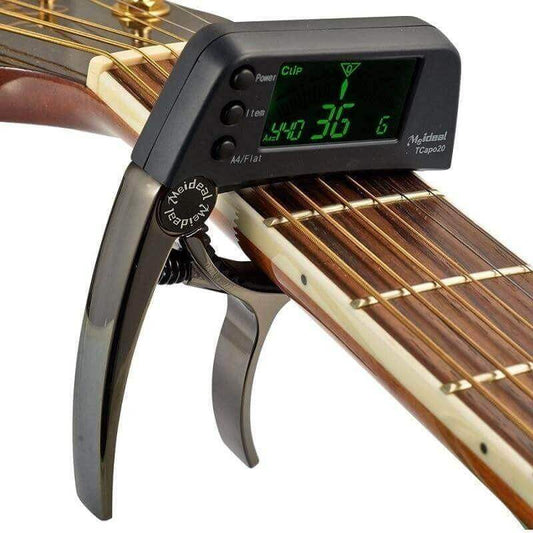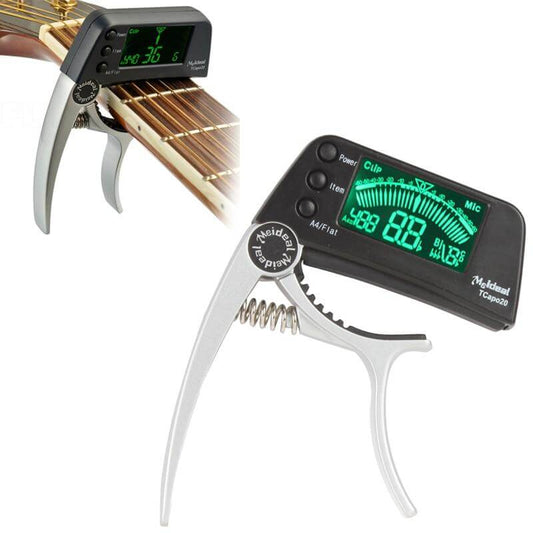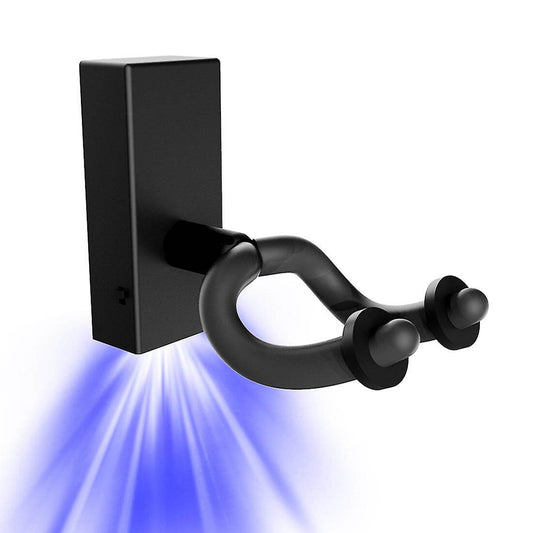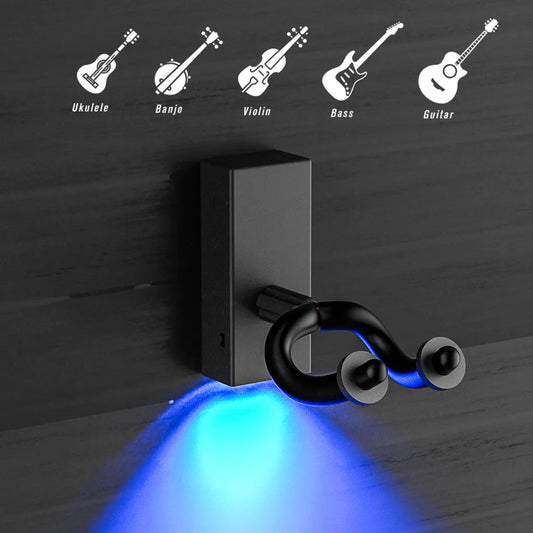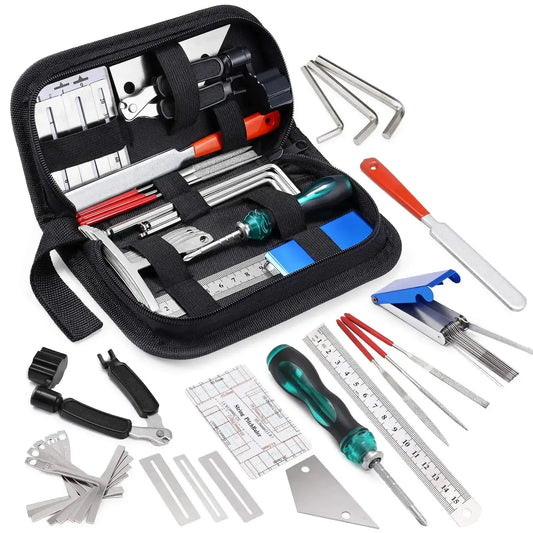Guitars, whether acoustic or electric, are more than just instruments; they’re investments, companions, and, for many, irreplaceable treasures. However, they are also sensitive to environmental factors, especially humidity and temperature changes. Protecting your guitar from these elements can preserve its sound quality, appearance, and structural integrity for years to come. Here’s a comprehensive guide on how to safeguard your guitar from humidity and temperature fluctuations.
Why Humidity and Temperature Matter
Wood, the primary material in most guitars, is hygroscopic—it absorbs and releases moisture depending on its surroundings. Excessive dryness can lead to cracks, while excessive humidity can cause warping or swelling. Similarly, rapid temperature changes can lead to expansion or contraction of the wood, affecting the guitar’s tuning stability and structural integrity.
Protecting Your Guitar from Humidity
1. Understand the Ideal Humidity Range
Guitars thrive in an environment with a relative humidity (RH) of 40-55%. Anything outside this range can lead to issues.
2. Use a Hygrometer
Invest in a quality hygrometer to monitor the RH levels in the room where your guitar is stored. Digital hygrometers are precise and easy to read.
3. Control Humidity with a Humidifier or Dehumidifier
- Humidifier: In dry climates or during winter when indoor heating reduces RH, use a room or case humidifier. Case humidifiers like the D’Addario Humidipak are excellent choices for maintaining consistent RH.
- Dehumidifier: In overly humid conditions, use a room dehumidifier to reduce RH to safe levels.
4. Store Your Guitar Properly
Always store your guitar in its case when not in use. A hard-shell case provides better insulation from environmental changes compared to a gig bag.
5. Consider Humidity Packs
Two-way humidity control packs, such as those from Boveda or D’Addario, maintain the ideal RH within your guitar case automatically.
Protecting Your Guitar from Temperature Changes
1. Avoid Extreme Temperatures
Keep your guitar away from direct sunlight, radiators, and air conditioning vents. Avoid storing it in places like attics, basements, or the trunk of your car.
2. Let Your Guitar Acclimate
If you bring your guitar into a different environment, let it acclimate inside its case before opening. This gradual adjustment prevents sudden temperature-related stress on the wood.
3. Use Thermal Cases
For added protection, invest in a thermal-insulated case. Brands like Hiscox or Mono offer excellent options for protecting against temperature extremes.
4. Monitor Seasonal Changes
Seasonal shifts can cause fluctuations in temperature and humidity. Adjust your protective measures accordingly, such as increasing humidification during winter months.
General Maintenance Tips
- Regular Inspection: Check your guitar for signs of warping, cracks, or changes in action. Catching issues early can save costly repairs.
- Use Fretboard Conditioner: Dry environments can dry out the fretboard. Use a high-quality fretboard conditioner periodically.
- Restring in Stable Conditions: Avoid changing strings in areas with extreme environmental conditions.
- Tune Up Your Setup: If you notice persistent changes in tuning or intonation, consult a luthier for adjustments.
Valuable Resources:
Here are some resources to help you dive deeper and purchase essential tools for protecting your guitar:
- D’Addario Humidipak: A reliable two-way humidity control system for guitar cases.
- Boveda Humidity Packs: Perfect for maintaining ideal RH levels for acoustic guitars.
- Hiscox Guitar Cases: Durable, thermal-insulated hard cases for added protection.
- Digital Hygrometer from Amazon: A selection of affordable and accurate hygrometers.
- Guitar Maintenance Tips by Taylor Guitars: Expert advice on caring for your guitar.
By understanding the impact of humidity and temperature and taking proactive steps to protect your guitar, you can ensure it remains in peak condition for years to come. Whether you’re a professional musician or a hobbyist, a well-maintained guitar will always reward you with its best performance.
Author bio:

Dr. Robin Alexander
Dr. Robin Alexander, an MD Pathologist and passionate guitarist, combines his love for music and science. As a guitar enthusiast, he shares valuable insights and tips on guitar playing here at Guitarmetrics, helping musicians enhance their skills and enjoy their musical journey.









